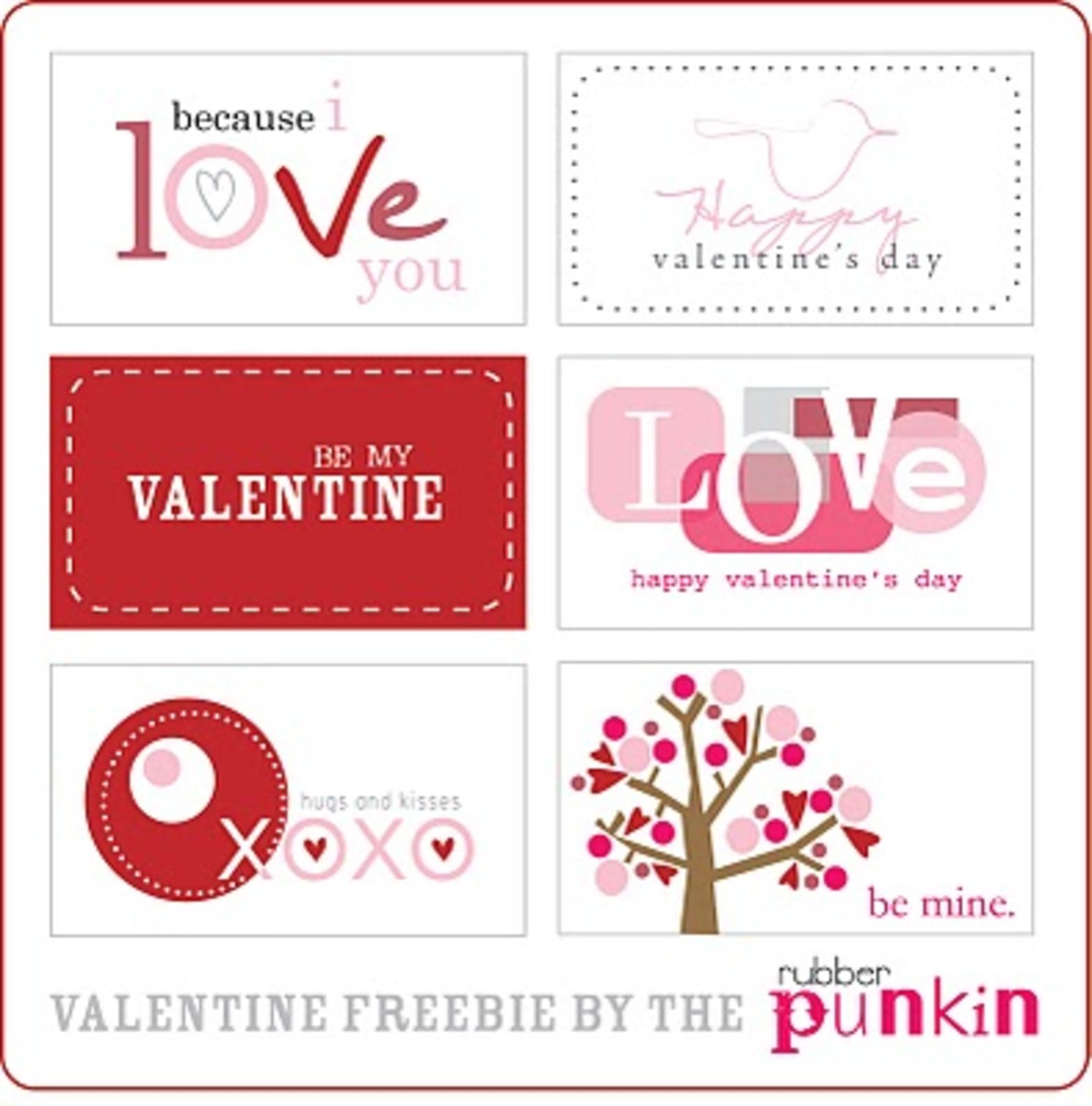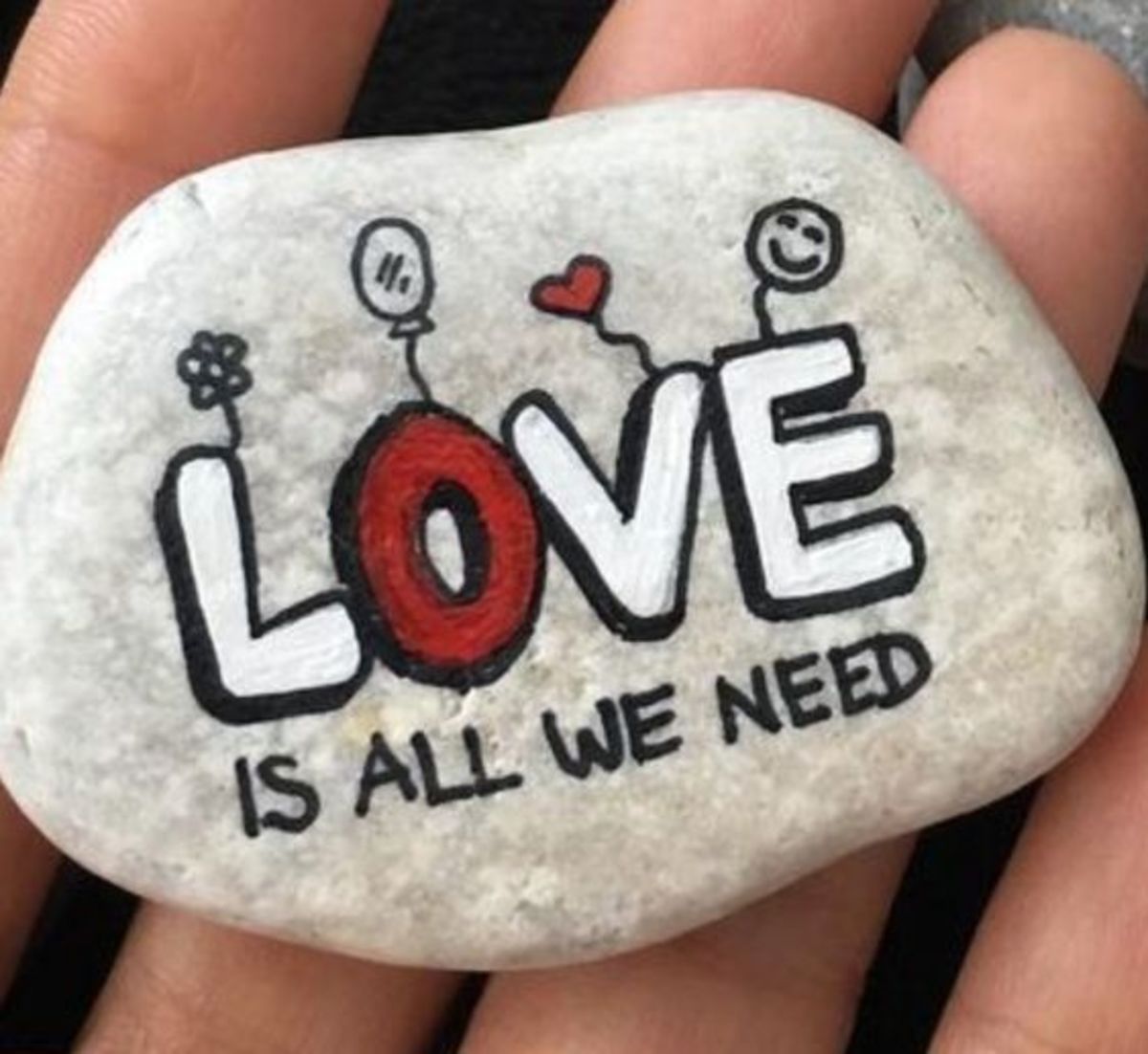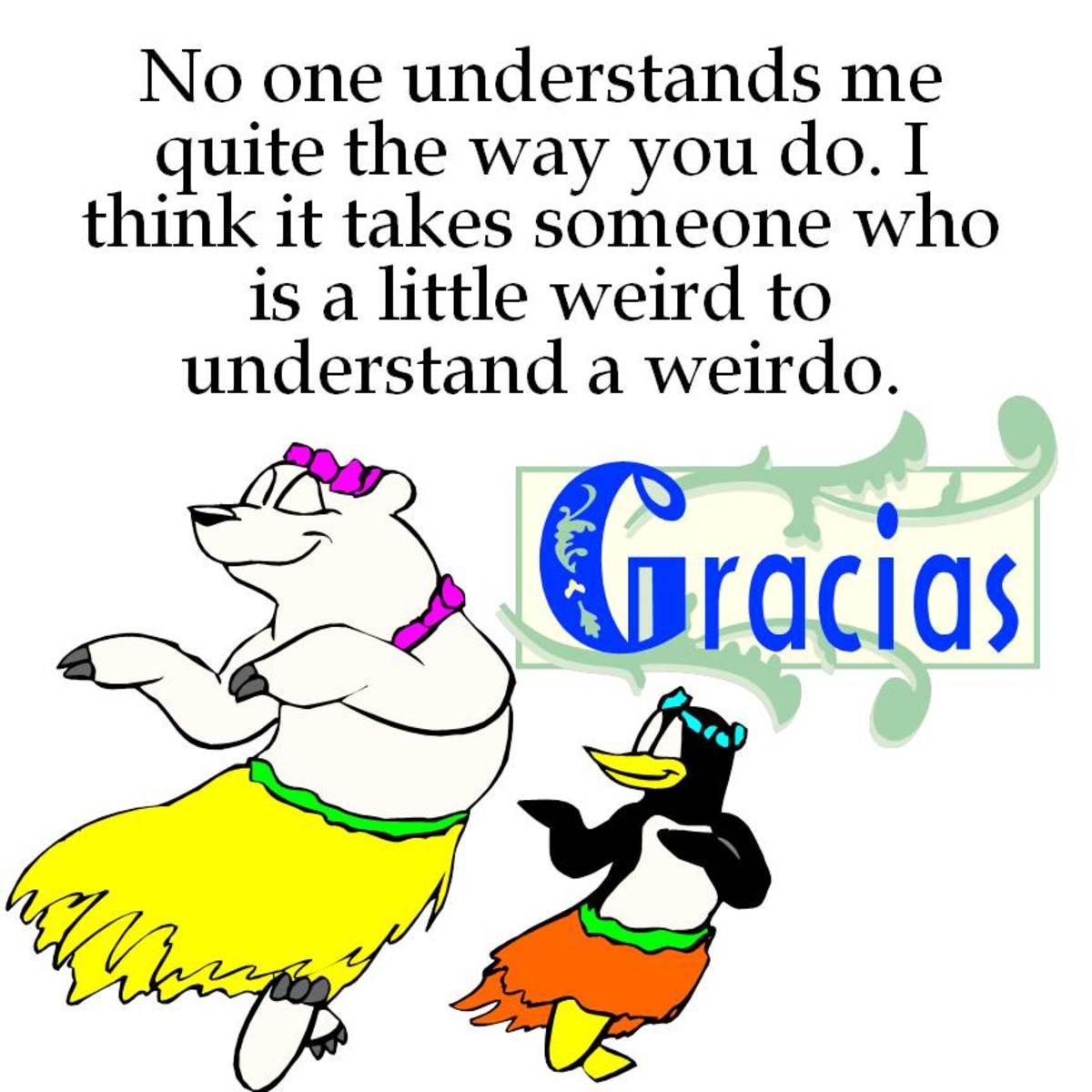Vintage cards for Valentine's Day
Valentine Day vintage cards speak about that kind of romance that has been forgotten by the younger generations. They also suggest us that expression of love is only limited by our imagination.
The cards themselves, vintage or modern, have been created to declare our feelings in a more creative ways.
These days there is a great deal of Valentine cards featuring different stages of love, from simple fondness to passion and lust. Among them, Valentine's Day vintage cards are unique. Even the feeling of affection did not change during centuries, the way people express their love was differently, more having to do with the social restriction and romantic habits.
vintage Valentine card
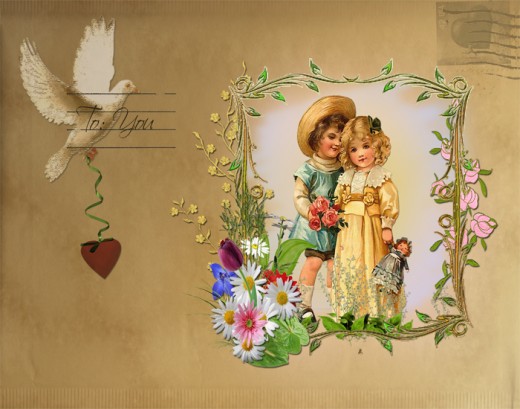
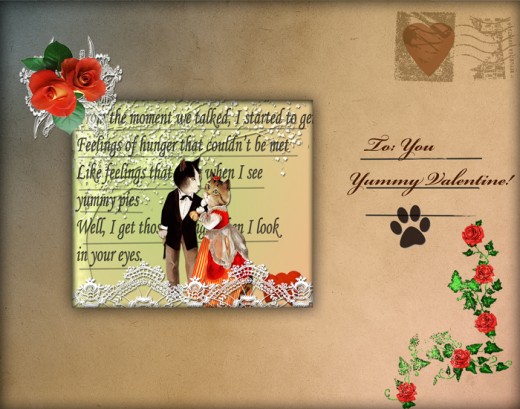
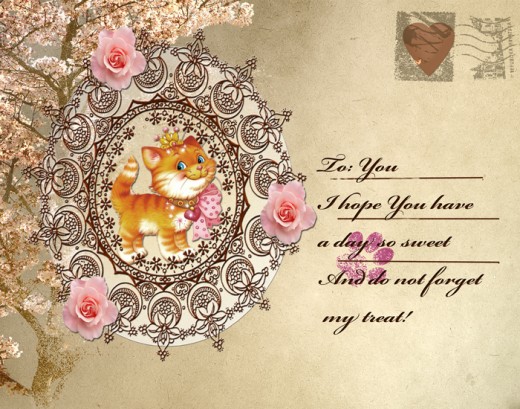
The vintage Valentine's Day cards remind us that innocence, mystery and excitement is part of the game of courtship.
Valentine's Day vintage cards can be authentic or reproductions.
The authentic vintage and antique Valentine's day cards were made between 19th century (even further back) till one or two generation ago. The oldest one are rare and expensive and the newest ones being more affordable and easier to find.
The reproduction ones are made in our days using methods and techniques to make them look old. The symbols reproduced on the card are also appropriate to a specific age. There are lace and ribbons, cupids, cherubic children, hearts and roses. Other elements like furniture, pieces of clothing, or accessories must also be the old style.
Some cards have both old and new look. The graphic depicts modern or even "evergreen" characters, like animals and birds, in a vintage laced frame, decorated with aged symbols.
The symbols that are associated with Valentine's Day are: the cupid, the heart, the roses, and the color red.
The heart is the most used symbol in a Valentine card.
It means: I love You,
I cannot live without you
My heart is yours
It express passion and commitment, true love and undivided love
The color red is associated with Valentine's day more then with any other events (except Christmas).
Cupid is the symbol for love. For ancient romans he was the God of Love (Eros, in Greece)
It means:
I fall in love with you. It speaks about a feeling that may or may not last forever, rather a very strong passion with a more intimate meaning.
Roses symbolize beauty and love, and used fore Valentine Day could mean love associated with honor, respect, admiration and other such noble feelings. The roses are often offered in a bouquet as a Valentine's Day, accompanied by a card.
From Texture Passion
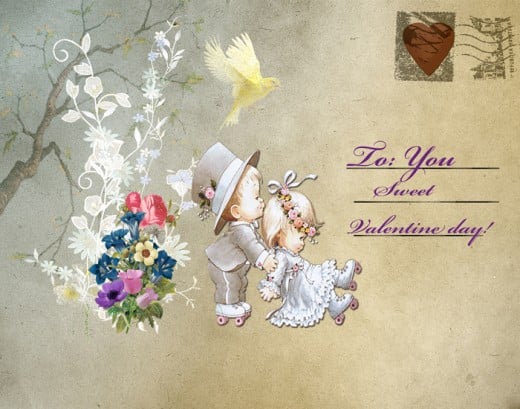
These Vintage Valentine's Day Cards were made by sister and posted in her blog at http://furniturepassion.blogspot.com/. There are also other free textures and backgrounds that she creates in Photoshop. You can also see her Second Life furniture shop.
It is said that the first Valentine card was written by a roman priest who was imprisoned in Rome by the emperor Claudius. Some sources suggest that he was blind and a young girl took care of him while in jail, waiting to be executed. He fell in love with her and when the time came for him to be beheaded he wrote a note lo this girl, signing "From your Valentine". He's name was Valentine and the year was 270 Anno Domini. His crime: marrying couples in love.
The next oldest Valentine card is considered to belong to the Duke of Orleans, Charles, and was sent to his wife, Bonne D'Armagnac("ma tres doulce Valentinee..." or "my sweet Valentine" ), in 1415. He, too, was imprisoned in London but released in 1440. Charles, Duke of Orleans is known as a great poet who wrote more then 500 ballades and rondeaux, most of them while in captivity.
For the next 400 years, europeans celebrated love on February 14th or around this date. There were many local traditions associated with this holiday, all of them expressing love and affection for somebody special. The mass production of Valentine Cards around the beginning of the 20th century made the Valentine Day even more popular and some countries adopted the celebration as well. As far as 21st century, the Internet made possible to send e-Valentine cards (15 million in 2010) which together with the printed cards and exchange cards, would make up to over one billion valentines sent every 14th of February.
- Valentines Day Card Poems (Write your own)
Valentines Day is the traditional day of love, and as part of that tradition we send Valentines cards to our wife, girlfriend, husband, boyfriend, and if we are single we send a card to the person we would... - Custom Photo Christmas Cards | Insert Photo Cards
The best Christmas cards for family and friends have one big quality - they are customized. There are several ways to customized a card, from choosing a special design to writing our own lines, but the one...


